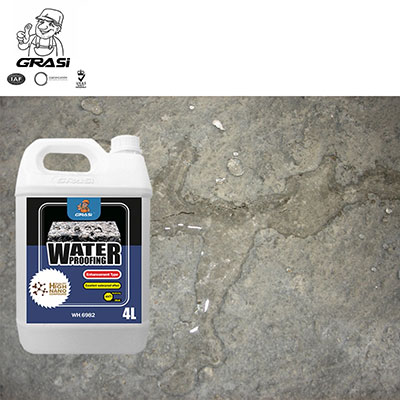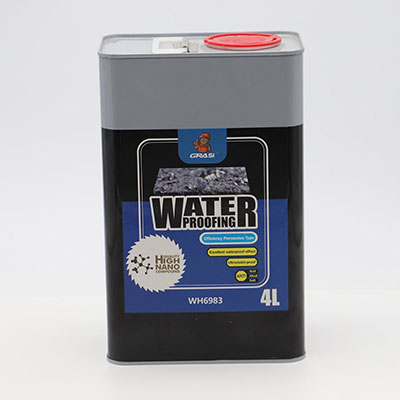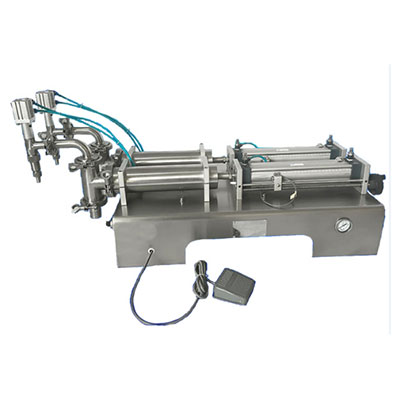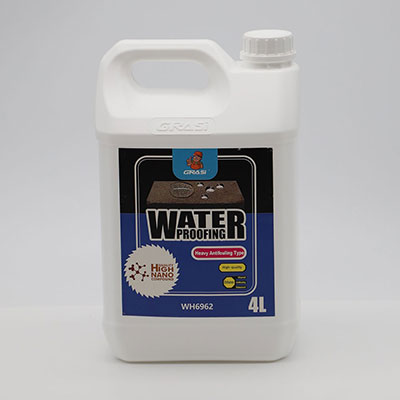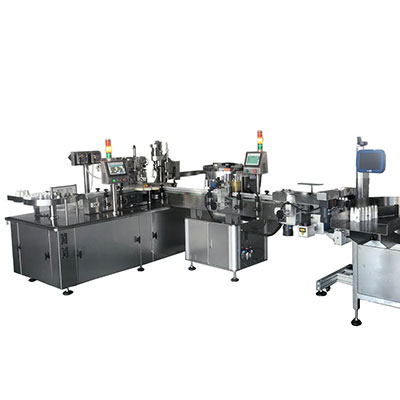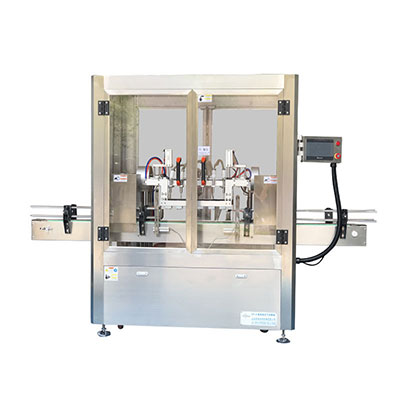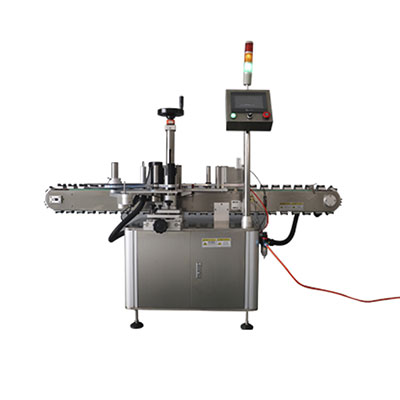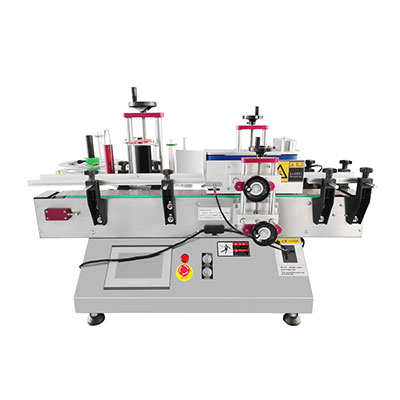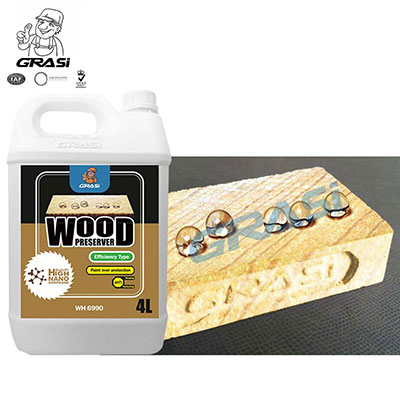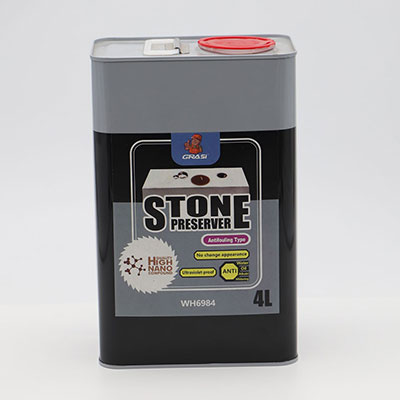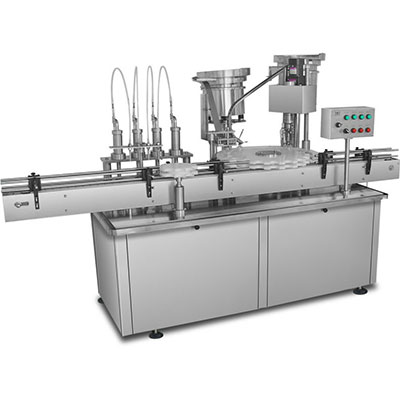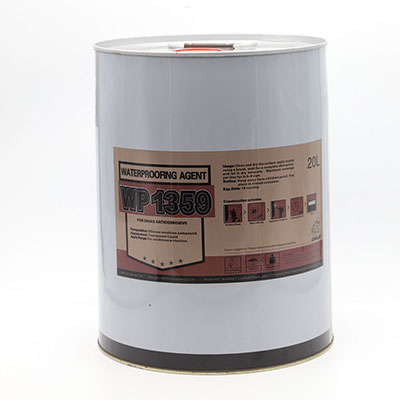RZ Series Temporary Removable Strand Anchor
The implementation of hot melt removable technology and automatic recovery equipment in the RZ series temporary removable strand anchor differentiates it from the YZ series permanent ground anchor. All tendons can be removed and recovered after the bracing work completed. Clearly, this helps to reduce the number of materials used and protect the soil at the same time providing a green construction environment for the adjacent underground space, effectively solving the problem of leftover tendon residue in the soil. Although the anchor mainly used in temporary bracing project, its static load anchoring performance, cyclic load performance and fatigue performance have equivalent quality as the permanent anchor. Automatic recovery equipment is required during the recovering process and it can be done by installing the anchor on the equipment and the steel strands will be removed automatically. This helps to avoid the safety issues if the recovering process conducted manually and the labor cost can be minimized.
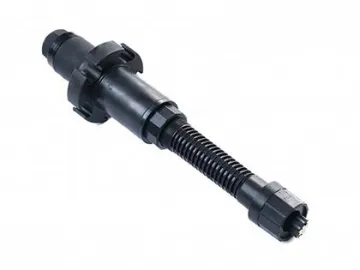
Foundation pit Temporary slope Counteracting uplift forces structure Fixation of bridge bearing platform
RZ-100 type removable anchor
RZ-112 type removable anchor
RZ-135 type removable anchor
RZ-100 type removable anchor
ParametersConstruction process: Grouting at the casing
Diameter of bearing plate: 100mm
Thickness of bearing plate: 20mm
Function type: Hot melt removable type
Environmental friendly level: Environmental friendly PE, do not pollute the underground water
Suitable steel strand type: Φ15.2/Φ12.7
Be aware of the case model if casing is used: internal diameter more than 106mm
Suitable grouting pipe: ½ inch- ¾ inch RZ-112 type removable anchor
ParametersConstruction process: Grouting at the casing
Diameter of bearing plate: 112mm
Thickness of bearing plate: 20mm
Function type: Hot melt removable type
Environmental friendly level: Environmental friendly PE, do not pollute the underground water
Suitable steel strand type: Φ15.2/Φ12.7
Be aware of the case model if casing is used: internal diameter more than 118mm
Suitable grouting pipe: ½ inch- ¾ inch RZ-135 type removable anchor
ParametersConstruction process: Grouting at the casing
Diameter of bearing plate: 135mm
Thickness of bearing plate: 20mm
Function type: Hot melt removable type
Environmental friendly level: Environmental friendly PE, do not pollute the underground water
Suitable steel strand type: Φ15.2/Φ12.7
Be aware of the case model if casing is used: internal diameter more than 141mm
Suitable grouting pipe: ½ inch- ¾ inch Features
Removable anchor suitable for use in temporary construction project
Allow multiple combinations and thus forming stress-dispersive structure
Handled by SSPC-SP5 anti-corrosive treatment
Three layers of anti-corrosive structure with all steel cores adopt the injection molding process, steel strands made from national standard unbonded steel strands and the connecting part embedded with sealing strip that expands upon contacting with water Frequently asked questions
Q1: How is the safety level of this product?
A: The static load coefficient of the hot melt removable anchor reached 96% which is nearly the same as the strength of steel strand. Besides, it satisfies the large fatigue test up to 2 million times and therefore it is applicable in permanent structure. It is rare for all the removable anchor in the world to meet this requirement.
Q2: How is the recovering speed?
A: With the use of fully automatic recovering equipment, taking 6 anchors with length 25 meters as an example, a group of 2 people in assembly line can complete the recovery of 90 anchors.
Q3: How much is the recovery rate of the anchor?
A: The rate is higher than 95% normally. Approaches can be made to realize 100% recovering rate.
Q4: How many cable structures can this product built up at most?
A: Using only this model, 5 cables can be built at most where the largest internal diameter of the anchor rod body is 100mm. If you wish to increase the quantity of the cable, please refer to the combination of grouting anchor.
Q5: What is compressive stress design?
A: Using only this model, 5 cables can be built at most where the largest internal diameter of the anchor rod body is 100mm. If you wish to increase the quantity of the cable, please refer to the combination of grouting anchor.
① Unbonded tendon with wire;
② Free segment;
③ Hot melt anchor;
④ Bearing plate;
⑤ Anchoring section;
⑥ Anchor;
⑦ Base plate
Links:https://globefindpro.com/products/27282.html
-
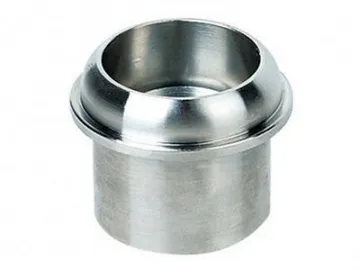 Medical Fittings
Medical Fittings
-
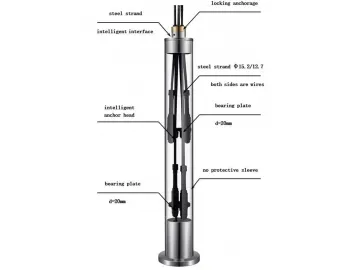 Type YXI Permanent Ground Anchor
Type YXI Permanent Ground Anchor
-
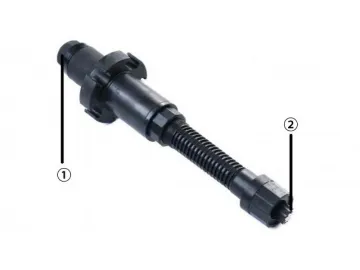 RZI Series Temporary Removable Strand Anchor
RZI Series Temporary Removable Strand Anchor
-
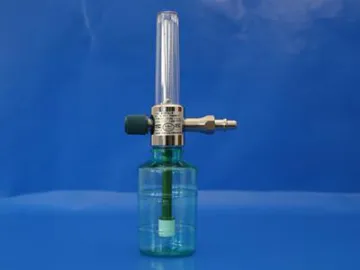 Aluminum Oxygen Flowmeter
Aluminum Oxygen Flowmeter
-
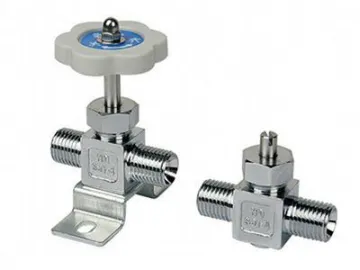 Medical Cylinder Valve
Medical Cylinder Valve
-
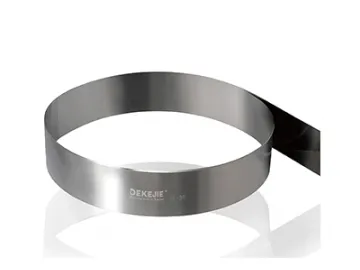 Stainless Steel Doctor Blade, Item SL-35 Doctor Blade
Stainless Steel Doctor Blade, Item SL-35 Doctor Blade
-
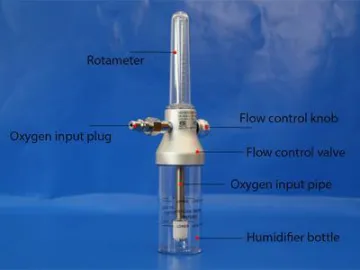 Brass Body Oxygen Flowmeter, wall connection, ABS valve stem
Brass Body Oxygen Flowmeter, wall connection, ABS valve stem
-
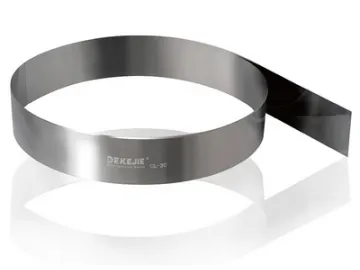 Carbon Steel Blade, Item CL-30 Doctor Blade
Carbon Steel Blade, Item CL-30 Doctor Blade
-
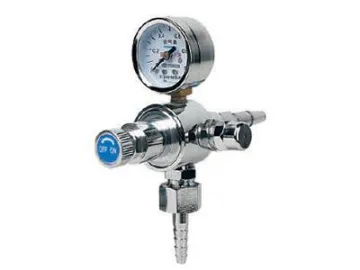 Oxygen Pressure Regulator
Oxygen Pressure Regulator
-
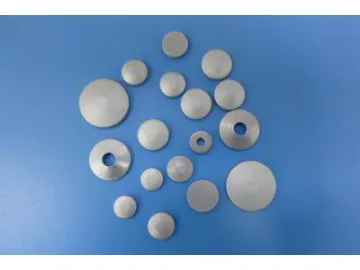 Aluminum Slugs
Aluminum Slugs
-
 YZI Series Permanent Ground Anchor
YZI Series Permanent Ground Anchor
-
 Medical Ceiling Supply Unit(Tower Type Medical Pendant)
Medical Ceiling Supply Unit(Tower Type Medical Pendant)
